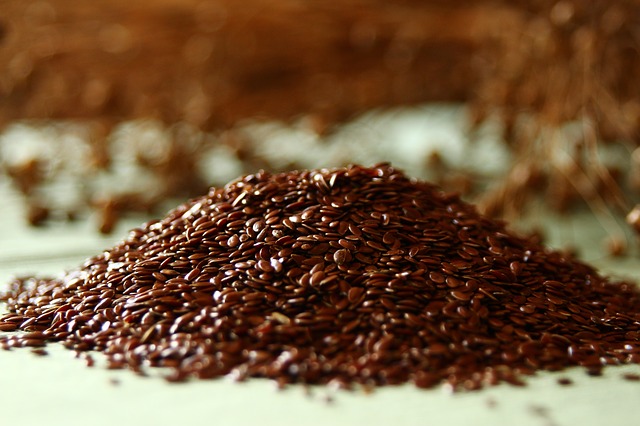The One Stop Guide to Flaxseed

If you’re like most people, you probably think of flaxseed as a food for rabbits and birds. But what you may not know is that flaxseed is actually a powerhouse of nutrition, and including it in your diet can have some pretty amazing health benefits.
What is Flaxseed and What are Its Health Benefits
Flaxseed is a small, brown seed that comes from the flax plant. The flax plant is a member of the Linaceae family, which also includes such plants asbasswood and Linden trees.
The health benefits of flaxseed are due to the fact that it’s high in fiber and omega-3 fatty acids. In fact, flaxseed is one of the best sources of omega-3 fatty acids, which are essential for good health. Omega-3 fatty acids are known to reduce inflammation, lower cholesterol, and improve heart health.
In addition to being high in omega-3 fatty acids, flaxseed is also a good source of fiber. In fact, flaxseed contains both soluble and insoluble fiber. Soluble fiber dissolves in water and forms a gel-like substance that helps to slow down digestion. This can be beneficial for people who suffer from digestive disorders such as Irritable Bowel Syndrome (IBS). Insoluble fiber, on the other hand, does not dissolve in water and helps to add bulk to the stool. This can be helpful for people who suffer from constipation.
Flaxseed is also a good source of lignans. Lignans are phytonutrients that have both plant estrogen and antioxidant properties. Studies have shown that lignans may help to reduce the risk of certain types of cancer, such as breast cancer and ovarian cancer.
Where is Flaxseed in the Grocery Store
If you’re wondering where to find flaxseed in the grocery store, it’s usually in the baking aisle. However, some stores also carry it in the natural foods section. You can also find flaxseed online.
It’s important to note that flaxseed is available in two forms: whole flaxseed and ground flaxseed. Ground flaxseed is also sometimes referred to as “flaxseed meal.” Both whole flaxseed and ground flaxseed can be used in recipes. However, ground flaxseed is more easily absorbed by the body.
How to Use Flaxseed
One of the great things about flaxseed is that it’s very versatile and can be used in a variety of different recipes. Here are some ideas for how to use flaxseed:
- Add ground flaxseed to smoothies or shakes.
- Mix ground flaxseed into yogurt or oatmeal.
- Add whole flaxseed to soups or stews.
- Sprinkle ground flaxseed on top of salads.
- Use flaxseed oil in salad dressings or marinades.
- Add whole or ground flaxseed to baked goods such as breads, muffins, or cookies.
What is the Difference Between Linseed and Flax Seed
You may have noticed that flaxseed is sometimes referred to as “linseed.” So what’s the difference between flaxseed and linseed?
The answer is that there is no difference. Flaxseed and linseed are two different names for the same thing. In North America, the seed is generally called flaxseed, while in Europe it’s more commonly known as linseed.
How to Store Flaxseed
Flaxseed is best stored in a cool, dry place. If you purchase whole flaxseed, you can store it in the pantry. However, if you purchase ground flaxseed or flaxseed meal, it’s best to store it in the refrigerator or freezer. This will help to keep the ground flaxseed from going rancid.

 Beautiful Bathroom: Your Guide to Choosing Fixtures and Fittings
Beautiful Bathroom: Your Guide to Choosing Fixtures and Fittings  8 Innovative Methods For Displaying Decor And Adding A Personal Touch To Your Space
8 Innovative Methods For Displaying Decor And Adding A Personal Touch To Your Space  Furnishing A Modern Rustic Home
Furnishing A Modern Rustic Home